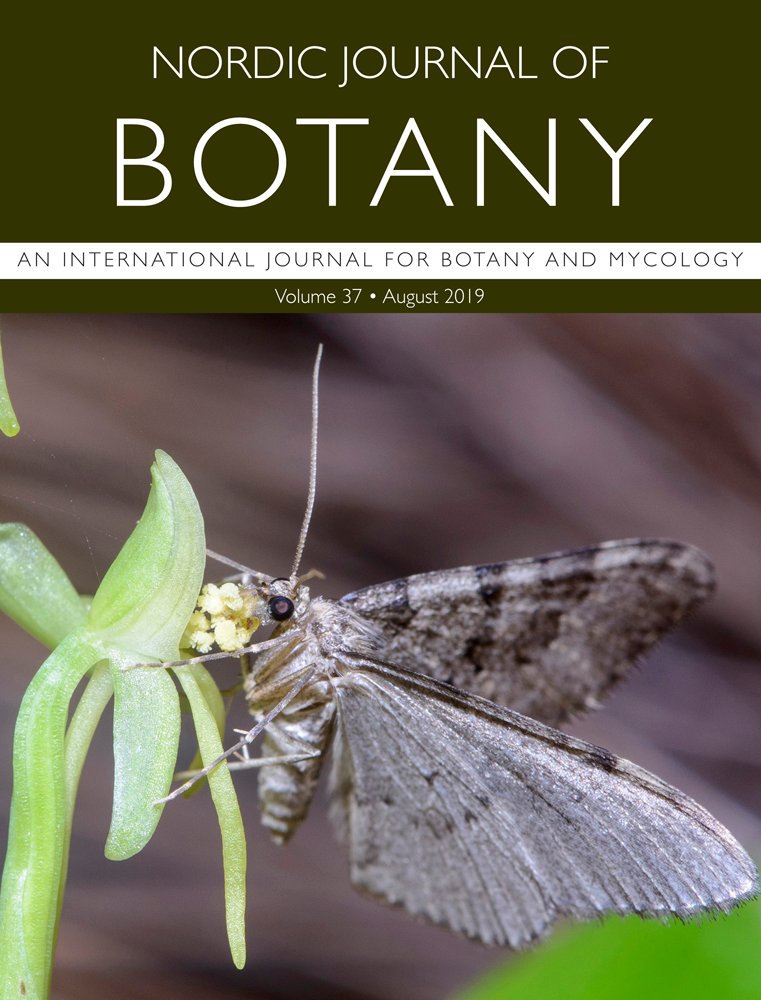
|
|
Claessens, J., J.J Bacallado, D. Bogarín, L. Dedroog, R. Heijungs, R. Langelaan, E.J. van Nieukerken, K. van den Berg & B. Gravendeel. Pollination of Habenaria tridactylites (Orchidaceae: Orchidinae) on the Canary Islands. Nordic Journal of Botany Version of Record online: 13 July 2019 | https://doi.org/10.1111/njb.02401
Abstract. We investigated the pollination of Habenaria tridactylites, an endemic orchid of the Canary Islands. The entirely green, widely open flowers have a long spur containing nectar. In this study, we carried out fieldwork, a molecular clock analysis, herbarium surveys and measured the length of orchid floral spurs and insect tongues using a combination of traditional and innovative micro-CT scanning methods to (a) determine the pollinator of this orchid and (b) investigate correlations between local mean spur length and age, altitude and longitude of the island. Habenaria tridactylites is pollinated on Tenerife by both small and intermediate sized moth species with variable tongue lengths mostly belonging to Geometridae and to a lesser extent Crambidae, Erebidae, Noctuidae and Tortricidae. Of the sixteen moth species identified, nine are endemic to the Canary Islands or Macaronesia. The different local populations of H. tridactylites on the islands of Gran Canaria, El Hierro, La Gomera, La Palma and Tenerife with different ages and distances from mainland Africa, did not show a significant correlation of mean spur length and altitude, but did show a significant and positive linear correlation with longitude and the geological age of the island.
PDF [https://doi.org/10.1111/njb.02401] |

